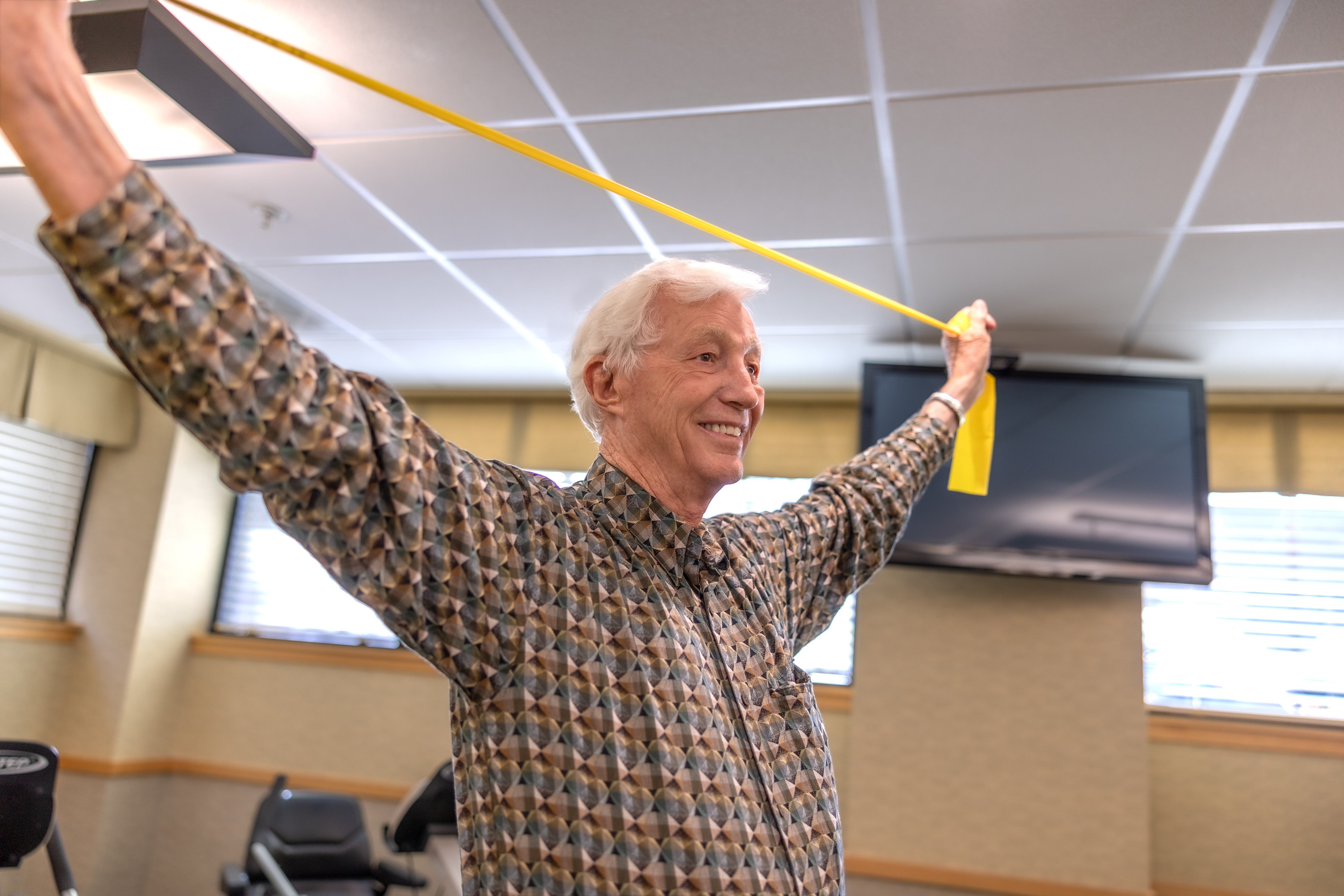As we age, our muscles and joints can become stiff or sore. This stiffness can significantly impact mobility and overall quality of life. However, with the right stretches, exercises, and lifestyle adjustments, you can improve your flexibility, reduce joint pain, and enhance your daily functioning. This guide will provide you with practical tips and routines to help loosen stiff tissues and maintain a healthy, active lifestyle.
Understanding Stiff Tissues and Joint Pain
Joint pain and stiffness often result from a combination of factors, including aging, lack of physical activity, poor posture, or medical conditions such as arthritis. Over time, the cartilage in our joints can wear down, leading to inflammation and discomfort. Muscles and tendons may also lose their elasticity, contributing to a reduced range of motion.
Key Factors Contributing to Stiffness and Pain:
- Aging: Natural aging processes leads to decreased collagen production and loss of muscle mass, which can result in stiffness.
- Inactivity: Stagnant lifestyles cause muscles to weaken and joints to become less flexible.
- Poor Posture: Incorrect posture, especially during prolonged activities, can strain muscles and joints.
- Medical Conditions: Arthritis, bursitis, and tendinitis are common conditions that contribute to joint pain and stiffness.
Effective Stretches for Improved Mobility
Regular stretching is essential for maintaining and improving flexibility. Here are some effective stretches that target key muscle groups and joints:
- Hamstring Stretch:
- Sit on the floor with one leg extended and the other bent with the sole of your foot against the inner thigh of the extended leg.
- Reach towards your toes while keeping your back straight.
- Hold the stretch for 20-30 seconds and repeat on the other side.
- Quadriceps Stretch:
- Stand on one leg, grab the other foot, and pull that foot towards your buttocks.
- Keep your knees close together and your back straight.
- Hold for 20-30 seconds and switch legs.
- Hip Flexor Stretch:
- Kneel on one knee with the other foot in front, creating a 90-degree angle.
- Push your hips forward while keeping your back straight.
- Hold for 20-30 seconds and switch sides.
- Shoulder Stretch:
- Bring one arm across your body and use the opposite hand to gently pull it closer.
- Hold for 20-30 seconds and switch arms.
- Calf Stretch:
- Stand facing a wall with one foot forward and the other extended back.
- Press your back heel into the ground while keeping your back leg straight.
- Hold for 20-30 seconds and switch legs.
Here are some visual examples of these and other good stretches:

Beneficial Exercises for Joint Health
Incorporating strength training and low-impact exercises into your routine can help support joint health and reduce pain. Here are some exercises to consider:
- Low-Impact Cardio:
- Activities such as walking, cycling, and swimming are excellent for maintaining cardiovascular health without putting excessive strain on your joints.
- Strength Training:
- Focus on exercises that strengthen the muscles around your joints, such as leg presses, seated rows, and resistance band exercises.
- Perform 2-3 sets of 10-15 repetitions for each exercise.
- Yoga:
- Yoga combines stretching and strength training, making it an ideal exercise for improving flexibility and joint health.
- There are many great “chair yoga” videos on YouTube. Click here for one that we like.
- Tai Chi:
- This gentle martial art focuses on slow, controlled movements and can help improve balance, flexibility, and strength.
Tips to Reduce Joint Pain
In addition to stretches and exercises, adopting certain habits can help manage and reduce joint pain:
- Stay Hydrated: Proper hydration helps maintain the elasticity of your tissues and lubricates your joints.
- Maintain a Healthy Weight: Excess weight puts additional strain on your joints, particularly the knees and hips.
- User-Friendly Furniture: Ensure that your home furniture supports good posture and reduces strain on your joints.
- Heat and Cold Therapy: Applying heat can relax muscles and improve blood flow, while cold therapy can reduce inflammation and numb pain.
- Regular Movement: Avoid prolonged periods of inactivity by taking breaks to stand, stretch, and move around.
Loosening stiff tissues and improving joint mobility is achievable with consistent stretching, targeted exercises, and healthy lifestyle choices. By incorporating these practices into your daily routine, you can reduce joint pain, enhance your flexibility, and enjoy a more active and comfortable life. Remember, it's important to consult with a healthcare professional before starting any new exercise regimen, especially if you have pre-existing medical conditions.

